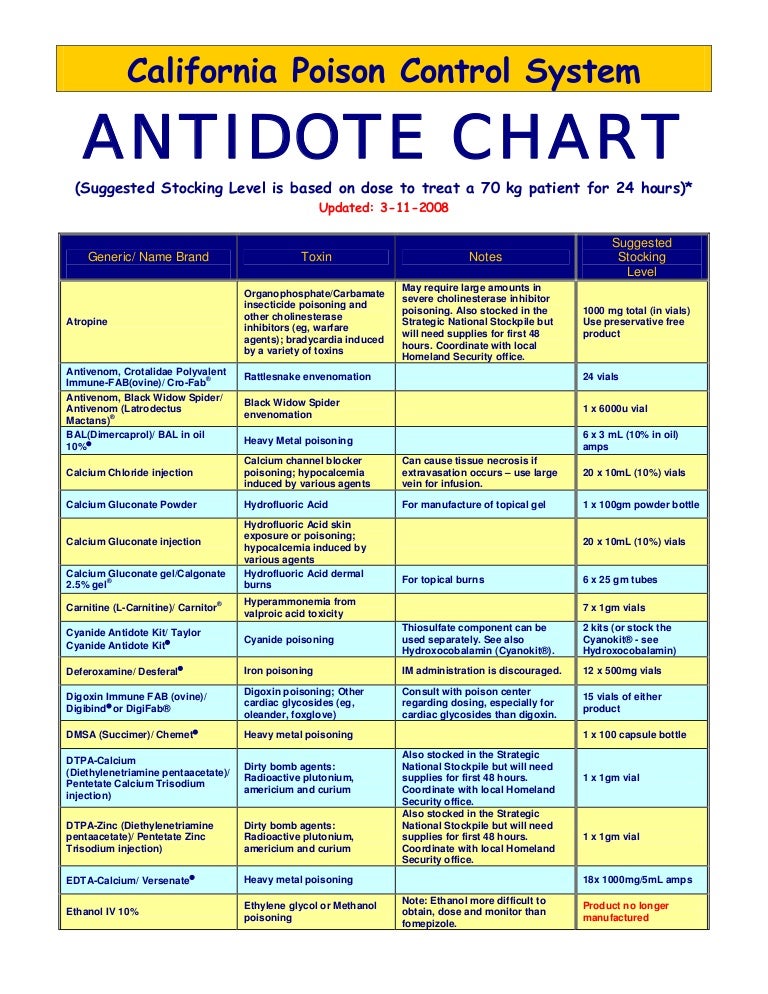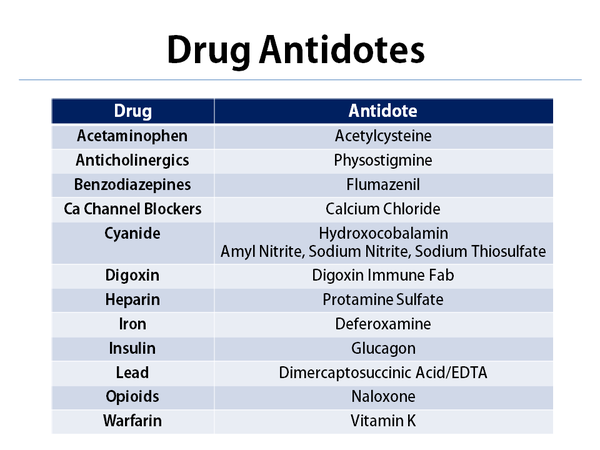

These deadlier anticoagulant poisons contain indanedione class products, like pindone, diphacinone, diphenadione and chlorohacinone, all of which are extremely toxic. The second type of anticoagulant is deadlier, killing rodents in a single serving dose rather than over time. These poisons contain warfarin and hydroxycoumadin as main anticoagulants and they require multiple feedings that take several days to kill a rodent. The first kind of anticoagulants are cumulative poisons. Some of the main anticoagulant chemicals that can be found in rodent poisons (or other household products) are: Even if you do not live in an area where rats or mice are a concern, rodent poison may be used for other common suburban pests like raccoons, opossums, or squirrels. Dogs that engage in chasing and killing rodents may also be susceptible to this type of poisoning. It might be in a neighbor's yard, in a trash bag, or in an alleyway.


Keep in mind that outdoor dogs (or dogs that go outside frequently) are at risk of rodent poisoning. If you suspect that your dog has come into contact with rat or mouse poison, and you are seeing some of the symptoms listed above, you will need to bring your dog to a veterinarian before your pet's health becomes critical. The main cause of anticoagulant poisoning is from the ingestion of rodent poison. Difficulty in breathing due to blood in the lungs (this will make a rattling or crackling sound).Ascites (swelling of the belly) due to accumulation of blood in the abdomen.Hemorrhages (excessive bleeding) in the gums.Here are some of the most common symptoms of anticoagulant poisoning: Dogs can also suffer from unseen internal bleeding bleeding into the chest or abdomen, for example, is fatal if it not diagnosed in time. The bleeding may be external this may be displayed as a nose bleed, bloody vomit, or bleeding from the rectum. Normally, dogs that have mild anticoagulant poisoning will not show signs of poisoning for several days, but as the poison begins to affect the system, the dog will become weak and pale due to blood loss. When ingested by an animal, anticoagulants block the synthesis of vitamin K, an essential component for normal blood clotting, which results in spontaneous and uncontrolled bleeding. These agents are commonly used in rat and mouse poisons, and are one of the most common household poisons, accounting for a large number of accidental poisoning among dogs. The purpose of an anticoagulant is to prevent the coagulation (clotting) of blood.

Anticoagulant Rodenticide Poisoning in Dogs


 0 kommentar(er)
0 kommentar(er)
